Rabbit Bedding
There
are some new rabbit bedding products on the block, but I'm not sure that pine
shavings are entirely replaceable as a bedding or rabbit litter.
Animals, both large and small, have been housed on pine shavings almost since time immemorial. Until the last dozen years, there has not been a single breath of a problem mentioned with pine shavings themselves. Ways to eliminate the dust, moisture and splinters have all been explored and solutions implemented over the years.
Yesterday I went to the feed store, picked up a large, 35 pound bale of kiln-dried and "superior screened" pine shavings (112.7 L compressed), and paid my $7.00 plus tax. Seven bucks! I won't need more for months.
This page will link you to our evaluations of pine and cedar shavings, and the swirling controversies surrounding them, plus we'll catalog most of the alternative rabbit bedding materials on the market.
Rabbit Litter
Explore with us the current opinions about cedar and pine shavings. Nearly all the animus against cedar and pine come from two articles that talk about elevations in liver enzymes: "The Dangers of Softwood Shavings," by George Flentke, PhD, and "Litterboxes and Liver Disease," by Ms. Marinell Harriman.
Fascinating, because the two contradict each other.
Cedar Shavings
We take a look at "Respiratory toxicity of cedar and pine wood" by doctoral student Jeff Johnston, and "The Toxicity of Pine and Cedar Shavings," by Ms. Debbie Ducommun, a rat breeder.
Bottom line: Despite the authors’ leaps into conjecture, we agree that it is doesn't hurt to avoid untreated cedar shavings, especially if you’re a rat breeder.
Pine Shavings
We give you the straight scoop - a synopsis of "The truth about Pine Shavings" - a well-researched exploration of the science. The author, Ms. Corinne Fayo, is a dedicated, highly educated and well-respected Netherland Dwarf breeder.
Ms. Fayo’s assessment is why we say...
Ignore the cedar and pine brouhaha over liver enzymes and respiratory issues.
It's unfounded, at least in regard to rabbits. Nevertheless, for the last 6 years, the packaging of every small animal bedding product has been trumpeting the dire health risks of pine shavings.
The main risk, if there is one, is with cedar. As noted on our Cedar Shavings page, most rabbit breeders don’t use cedar at all. There is no need at all to lump heat-treated or kiln-dried pine shavings in with cedar’s supposed bad rap and attribute the same health risks to pine.
Unless, of course, you own the competition.
There’s clearly a conflict of interest when companies that stand to profit slam their most successful competitor in a bid for a greater market share. And since this has been going on for over 10 years, the general public are just about convinced that their rabbits will DIE if forced to pee in pine.
No, no, no. Ever since God made trees, pine has been safe for our rabbits. Go to Pine Shavings for testimonials from users of pine shavings.
Rabbit Bedding Options
Pine may indeed be fine, but competition is healthy too, as long as products compete fairly on their own merits.
Here are some additional rabbit bedding choices. Some choices are every bit as effective as pine shavings, with one notable exception -- price.
The smallest packages of these alternative beddings cost nearly as much as the entire $7 bale of pine shavings I bought at the feed store. The largest packages cost much MUCH more than the $7-and-change I paid.
Do your own research and decide if the product is worth the price to you. As to function, all except CareFRESH match the performance of pine.
Where can I find top quality rabbit cages that are great for rabbit feet?
From Raising-Rabbits, of course!
Raising-Rabbits has partnered with Hostile Hare to bring you cages that exceed our rigorous rabbit housing standards.
We do not manufacture cages, but we sure recognize a well-built, predator-proof, baby-safe, bunny-feet-safe cage when we see it! We think Hostile Hare cages will serve you well for years.
Explore the choices by clicking the logo or this link!
Hardwoods
Aspen, or a combination of aspen and other hardwoods, such as hemlock, spruce or fir. Hardwoods come in pellets, chips, shavings, or fine shavings. They are effective, however tend to be hard and splintery. Still, hardwoods are a Raising-Rabbits.com recommendation.
Softwood Rabbit Beddings
Pine and cedar fall into this category. Pet stores mostly sell a combination of pine, spruce and other softwoods.
I buy kiln-dried pine shavings. The heat cooks out the aromatic oils, and triple-sifting eliminates the dust.
We use pine shavings for bunny nest boxes. Literally every one of the 60+ rabbits in our barn has been raised on pine shavings, lined with the doe’s fur, for the first 14 - 18 tender days of life. You’d think if pine shavings were so horrific for animal health, we’d lose more bunnies. But we don’t. Not a single bunny-death has ever been traced to pine shavings.
After 14 days, it’s amazing how sweet the nestbox still smells. Two reasons:
--The doe cleans up after the kits.
--The natural antiseptic properties of pine help to limit the bacterial count, and therefore, ammonia formation. It also chases away pests, such as flies and fleas.
Do you happen to have access to cheap cedar shavings?
For rabbits, just ensure that the rabbit’s cage and environment are well-ventilated. With good ventilation of heat-treated cedar, liver changes in animals on cedar bedding drops close to normal. I don’t think I’d use cedar in nest boxes - too enclosed.
Heat-treated or kiln-dried Pine Shavings are a Raising-Rabbits.com TOP recommendation.
Corn Cob Litters
Ground corncobs, "2X Heated Treated."
Brand: Small Pet Select, Premium Corn Cob Bedding. This product has been heat-treated twice, presumably to kill any mold spores. It may still be best as a non-contact litter, rather than a bedding. Corncob litter stays dry on top, and absorbs moisture from the bottom up.
Corn Cob Health concerns: Corncob tends to grow mold more quickly than other beddings. Smaller rodents have choked on the pieces. (Perhaps young rabbits could too?) Possibly a lower birth rate in mice housed on corncob bedding, according to a couple studies. This was thought to be a result of contaminants rather than the corncob itself.
Pelleted Wheat Fiber
Brand: Oxbow Eco-Straw - Pelleted fibers are "made of 100% wheat straw. Eco-Straw is twice as absorbent as newspaper-based litter and absorbs 300% its weight in moisture."
The Eco-Straw is considered a pelleted litter, is clumpable and scoopable, and dust-free.
Wheat fibers ‘fix’ nitrogen, which actually prevents the formation of ammonia.
Eco-Straw is a Raising-Rabbits TOP recommendation.
Paper Fibers
Recycled Paper:
Brand: FRESHNEWS, Recycled Paper Pet Products. (An identical product used to be marketed under the "Yesterday’s News" brand.). It is bedding made from used newspapers or byproducts of paper milling. These are absorbent, but may not control ammonia as well as, say, pine shavings or wheat pellets. This product utilizes something they call "Ammonia Locker" which they say "eliminates odors on contact...to keep your pet's habitat fresh."
Brand: ECO Bedding Fibercore. This is an "interlocking crinkle paper" product, which comes from 100% recycled materials in several colors. No claims made for ammonia control, EXCEPT for the "Eco Bedding with Odor Control." This product comes in blue packaging (not green). They claim "Triple Action Odor Control." As always, test, test, test. You can also purchase pine shavings and compare results, as pine is all natural and very good at odor control.
CareFRESH Beddings
CareFRESH is very absorbent, but underperforms in relation to ammonia control. Lung inflammation (predisposing to a subsequent infection such as snuffles) can result from prolonged exposure to excessive ammonia levels. Go to CareFRESH Pet Bedding for our complete assessment including scientific study.
CareFRESH UPDATE: CareFRESH have apparently noticed the poor results of their beddings on ammonia levels, and introduced blended products of CareFRESH and Pine Shavings. Good idea! If you are a fan of CareFRESH beddings, consider a blended product from CareFRESH for the best of both worlds.
CareFRESH UPDATE: As of 2023, CareFRESH appear to have removed their Pine Shavings blended product from the market. What they DO have specifically for rabbits is a "Nesting Small Pet Bedding," which is their "original bedding blended with 25% larger pieces." They continue to claim "10-day odor control." I have not purchased the product nor studied this claim, so cannot say one way or another.
DISCLAIMER: I have no research as to the efficacy of this product on controlling ammonia odors other than that which is found on our CareFRESH page. The CareFRESH website offers no scientific support for their products at all. I invite you to leave a product review below!
Rabbit Beddings Out of Favor
Cotton bedding was associated with conjunctivitis in athymic nude mice.
Ground peanut hulls were tested years ago and the idea scrapped, probably due to quickly elevating mold levels.
Do-It-Yourself Rabbit Bedding
Cheap bedding or litter can be had by cutting your old newspapers into strips.
Have a paper shredder? You can run your old bills and junk mail through it and use the paper strips as bedding.
But I have to say, after enjoying the absorbency and ammonia-killing properties of some of the commercial rabbit bedding products, you’ll probably think shredded paper comes in a very poor second.
You’ll be absolutely right. But: if your budget is tight and you don’t mind frequent bedding changes, you might make it work.
Consider becoming a member of the American Rabbit Breeders Association
Add your Comments or
Share your Experiences!
Your comments or experiences can help others who read them. So, comment away, and if you have pictures, you can post up to four of them. Pictures are always helpful.
(Have questions? Perhaps your question was already asked, and answered, below. If not, Karen has answered hundreds of your questions in her book: Rabbit Raising Problem Solver, covering every aspect of pet rabbit and livestock rabbit care as well as rabbit health and disease. We recommend it!)
Double-Value Guarantee
Our policy is to always OVER-deliver
on value,
which is why your purchase is fully covered by our
Double-Value
Guarantee.
Go ahead - take any of our e-books for a test drive. Peruse our detailed informational and educational e-books. Examine our plans for building rabbit cages, runs, or metal or PVC hutch frames. Check out the Rabbit Husbandry info e-books.
If you aren't completely satisfied that your e-book purchase is worth at least double, triple or even quadruple the price you paid, just drop us a note within 45 days, and we'll refund you the entire cost. That's our Double-Value Guarantee.
Note: When you purchase your
e-books, they will be in PDF format, so you can download them to any device that
supports PDF format. We advise making a back-up copy to a drive or cloud
account. If the books are lost, you can also purchase another copy from Raising-Rabbits.
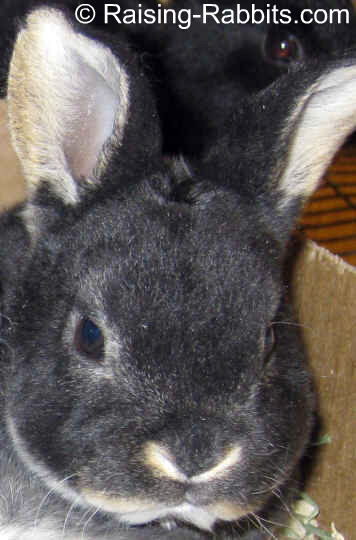
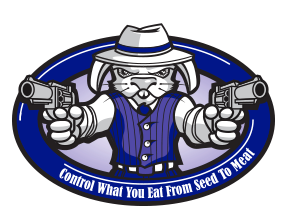
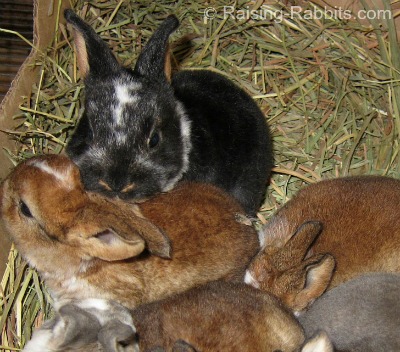
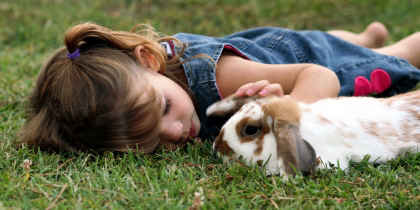
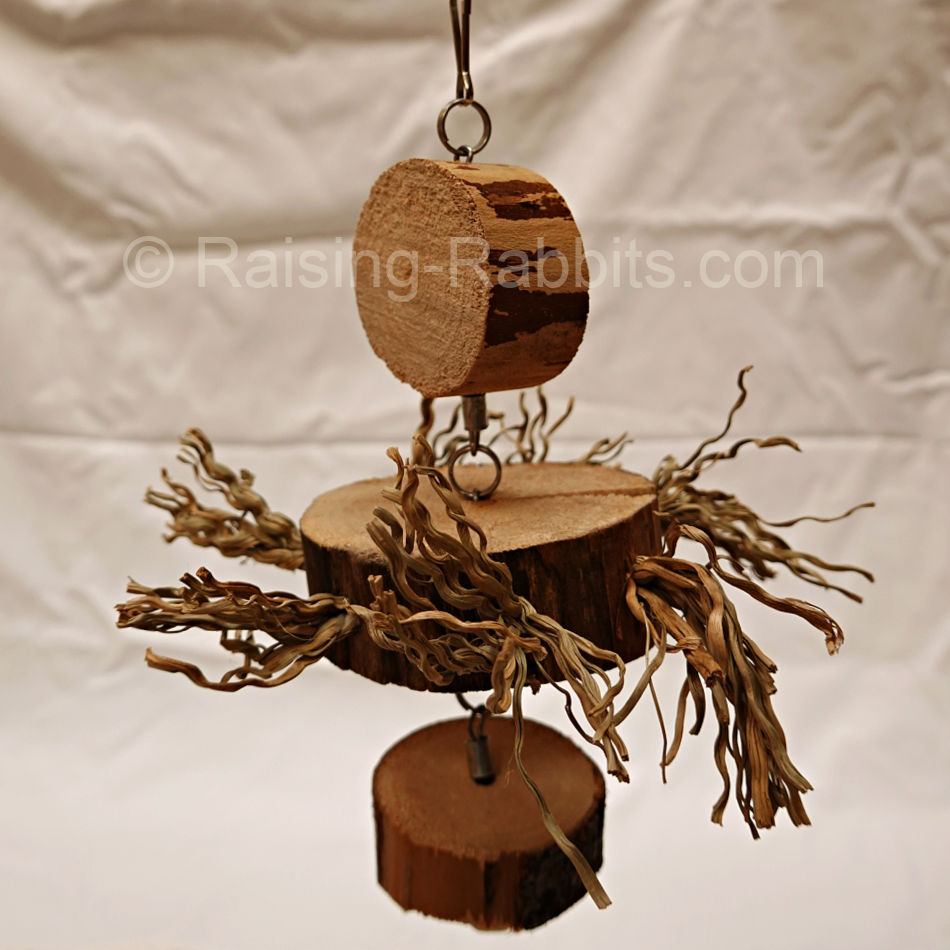
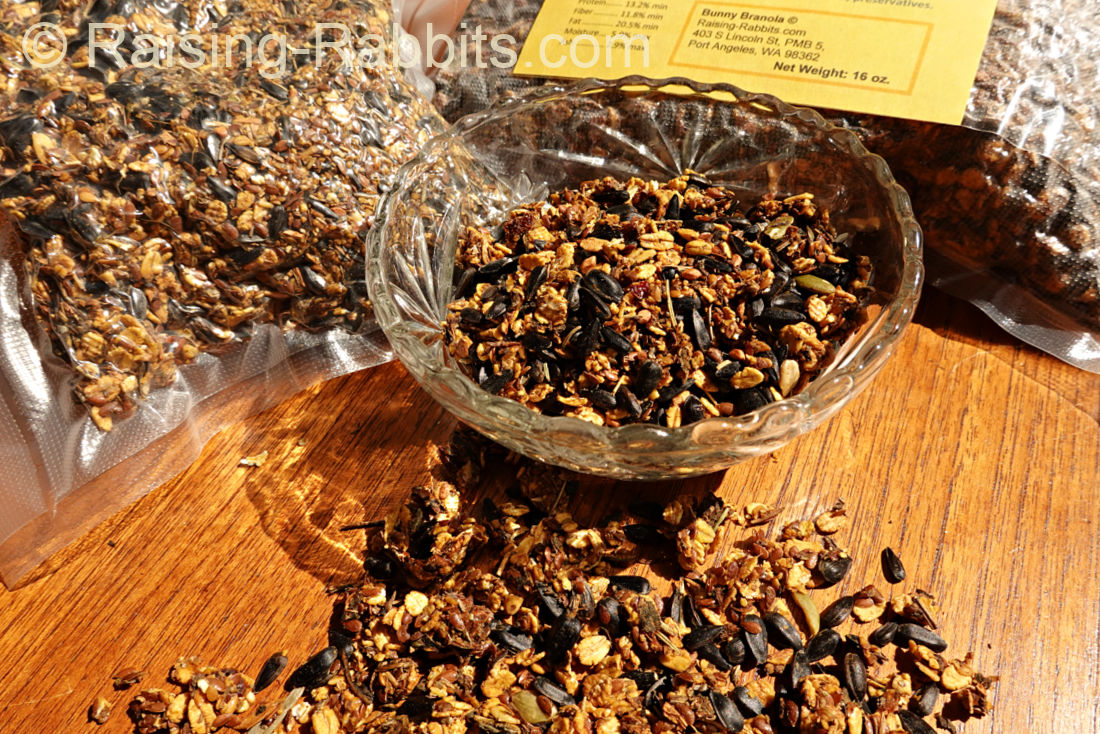
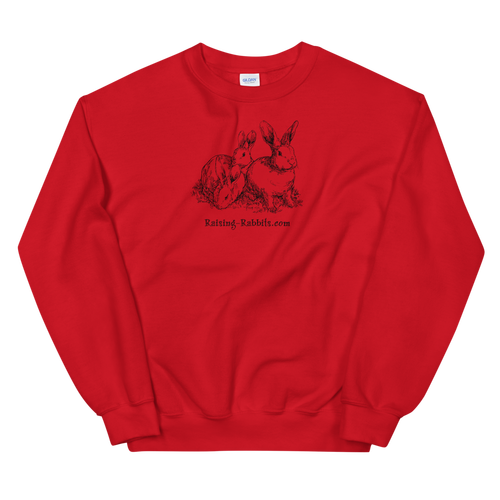
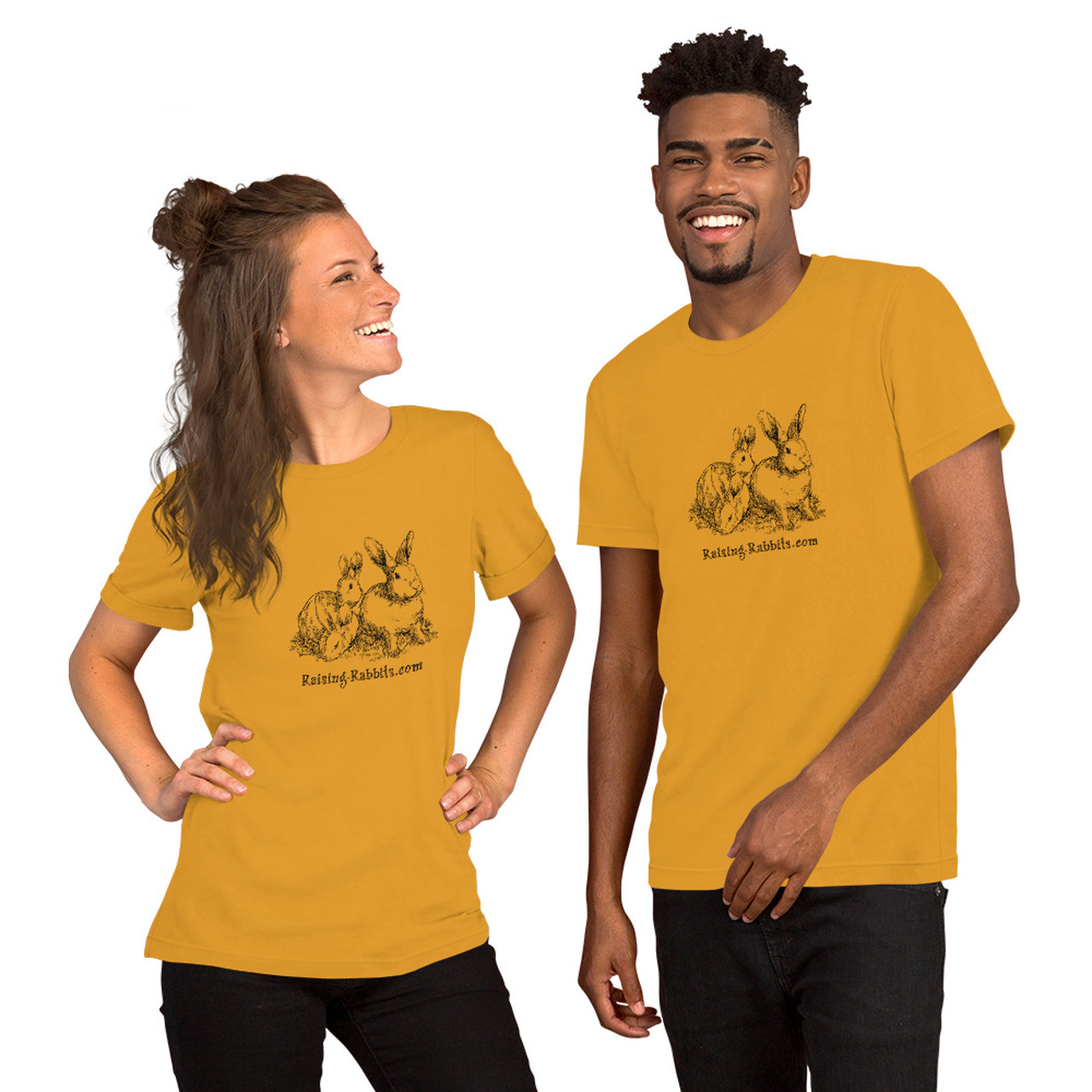
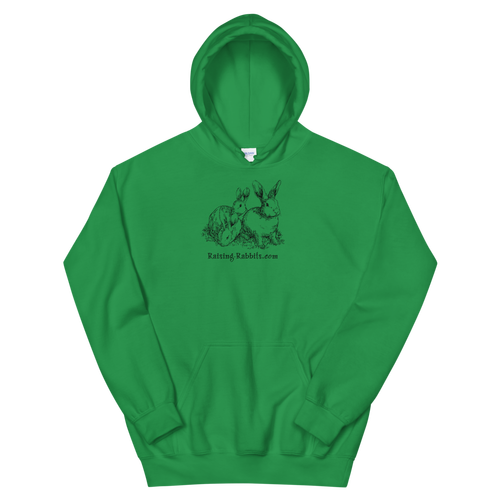



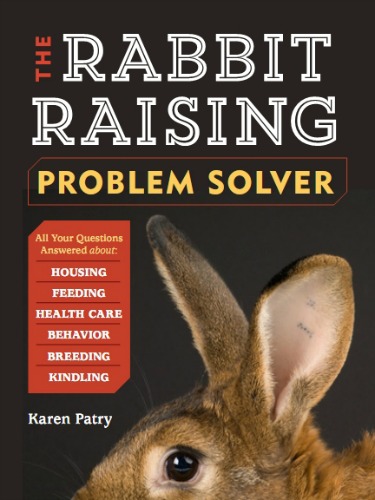

New! Comments
Have your say about what you just read! Leave me a comment in the box below.